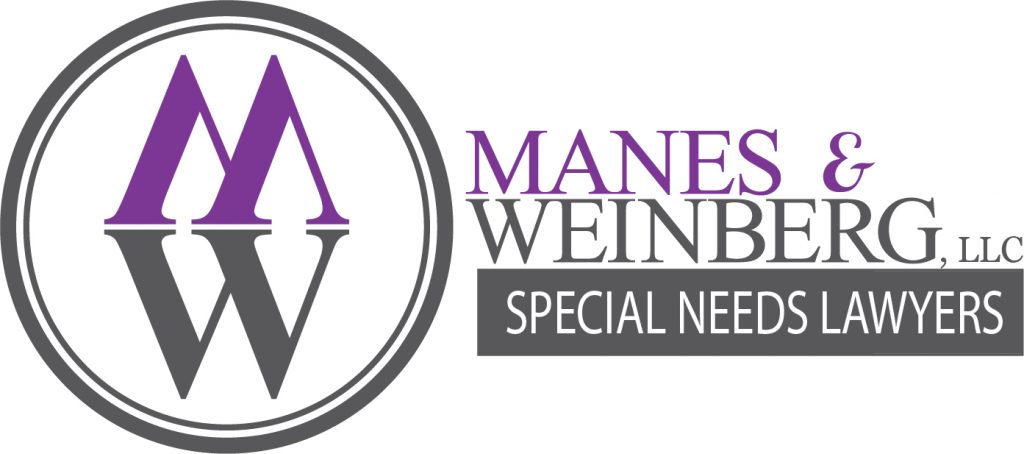Adoption is a common method of creating or expanding a family. There are many types of adoptions: private, through foster care, domestic, international, embryo adoption, etc. Although paths to adoption are varied, common across all of them is the impact the act of adoption has on the child who is adopted.
Research studies dating back to 1991, show that children who are adopted are more likely to require special education and related services than their non adopted peers.[1] The reason for this difference can be the result of genetics, trauma, lack of nutrition or neglect in early childhood, or the loss of a primary language. Even in adoptions where the child was adopted as a newborn, the impact of the adoption can present later in childhood and result in emotional challenges that can impact the child’s ability to learn.
To help identify learning problems early, if you are able to communicate with the birth family, ask about learning difficulties in the family. Although not all disabilities that impact learning are genetic, many, such as dyslexia and ADHD, do have a significant familial component.[2] As disabilities that impact learning, such as ADHD, specific learning disabilities, neurological or genetic mutations, etc., were not as widely diagnosed in previous generations as they are now, there may be a bit of “reading between the lines” that has to happen when having these conversations.
If these conversations are not possible, there are early warning signs for many disabilities that you should be aware of and discuss with your child’s pediatrician. These can include: not making eye contact, not babbling or laughing, delayed speech, pronunciation problems, difficulty learning new words, letters or numbers, difficulty following simple directions, poor grasp of a crayon, and poor coordination. If your child is displaying one or more of these early warning signs, you may want to discuss an assessment through early intervention if your child is under age 3. If your child is age 3 or older, you should discuss these with the school district.
As an adoptive parent myself, with a child who has a learning disability as well as ADHD, I wish I had been more informed about her family’s medical and mental health history. Although she was provided with an Individualized Education Program as early as preschool, perhaps if I had known about early warning signs, or been more aware of the signs to look for, her programming could have been more robust and address disabilities that did not become apparent until later in her schooling.
The earlier a child receives services for his/her disability the better. The National Center for Learning Disabilities notes that through early screening, and timely recognition of learning difficulties, support can be provided when children’s brains are the most malleable and the early interventions can have greater impact on young students.[3] Diagnosing and appropriately supporting my daughter’s educational needs remains a constant journey. Thankfully, there is an abundance of private service providers available as well as resources through my local school district to support her educational and emotional needs.
This post is intended to be the first in a series regarding the unique impact adoption has on a child’s education. The series will not only touch upon learning and other disabilities, but also how parents can advocate for a more inclusive school experience that is accepting and supportive of adoptive children’s unique circumstances.
—————————————————————————————
[1] Brodzinsky, David and Steiger, Cynthia, Prevalence of Adoptees Among Special Education Populations, Journal of Learning Disabilities, vol. 24, No. 8, October 1991.
[3] National Center for Learning Disabilities, Why Early Screening
